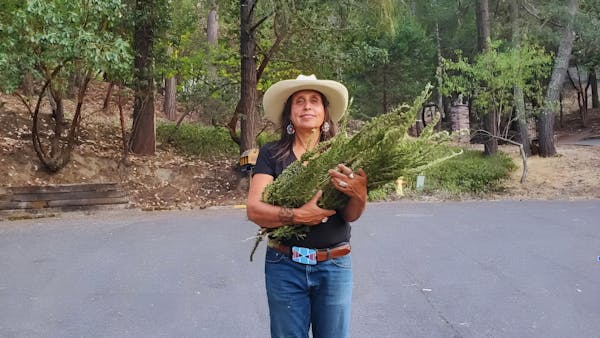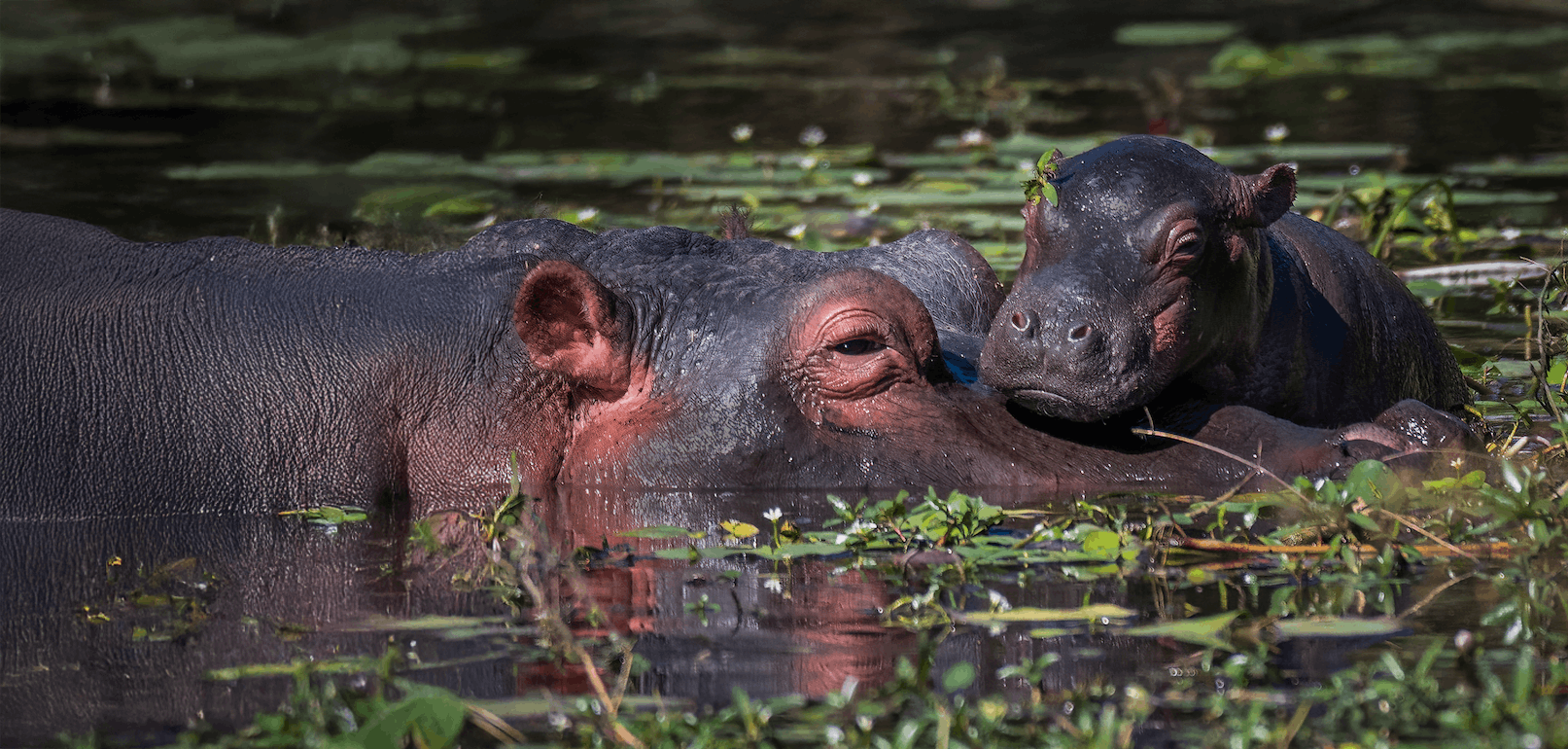Standing Our Ground: Indigenous philanthropy and the path forward
Indigenous communities worldwide are leading efforts to restore ecosystems, protect biodiversity, and combat climate change. Yet, despite their deep knowledge and proven stewardship, they remain drastically underfunded. The groundbreaking report, Standing Our Ground, offers a powerful analysis of the structural barriers within philanthropy and outlines a path toward equitable, Indigenous-led funding.
Key takeaways from the report:
1. Centering Indigenous knowledge in philanthropy
Indigenous peoples have long sustained the natural world through reciprocal relationships with the land. However, Western philanthropic models often impose restrictive, colonial frameworks that exclude Indigenous ways of knowing. A shift toward Indigenous-led funding models will help ensure that resources support land-based, culturally grounded initiatives.
2. Overcoming systemic funding barriers
Indigenous communities constitute a small fraction of the global population, yet they play a vital role in preserving the world's remaining biodiversity. However, they receive less than 1% of global philanthropic funding. The report identifies common barriers, including:
- Bureaucratic grant processes that fail to accommodate Indigenous governance structures.
- Short-term funding cycles that undermine long-term ecological restoration.
- A lack of trust from donors, despite Indigenous communities’ proven track record of environmental leadership.
3. The power of reciprocity and relationship-based giving
The report advocates for an Indigenous-led approach to philanthropy, rooted in principles of reciprocity, trust, and long-term commitment. Unlike Western models that emphasize linear cause-and-effect relationships, Indigenous philanthropy embraces the interconnectedness of people, land, and ecosystems.
Successful Indigenous-led funds operate with flexibility and respect, recognizing that true impact unfolds over generations—not grant cycles. Donors can decolonize their practices by funding holistically and honoring Indigenous decision-making.
4. Bridging the gap between Indigenous communities and funders
To break down barriers, the report outlines guiding principles for funders:
- Respect Indigenous governance: Avoid imposing Western structures on Indigenous-led projects.
- Support unrestricted funding: Allow Indigenous communities to determine their own priorities.
- Invest in long-term relationships: Build funding models that sustain communities over generations.
- Acknowledge historical harm: Recognize philanthropy’s role in colonialism and commit to meaningful reparative action.
5. A call to action for the philanthropic sector
The report’s ultimate message is clear: funders must radically transform their approach to support Indigenous climate leadership. This is not just a moral imperative—it is a necessary strategy for achieving global conservation goals.
Indigenous communities have the knowledge, resilience, and vision to lead the way in protecting the planet. It’s time for the philanthropic world to stand in solidarity and provide the resources necessary for them to do so.
A path forward
One Earth recognizes that Indigenous-led conservation is essential to solving the interconnected global crises of climate change and biodiversity loss. By shifting power and resources to Indigenous communities, we can support a just, sustainable future for all.
Read the Full Report.png?auto=compress%2Cformat&w=1440)



.jpg?auto=compress%2Cformat&h=600&w=600)

